Welcome to the ACS’s online shop.
To view our publications, select a category from the white dropdown box in the sidebar on the left of this page (if you’re viewing this on a phone, it may be in the dropdown menu at the top).
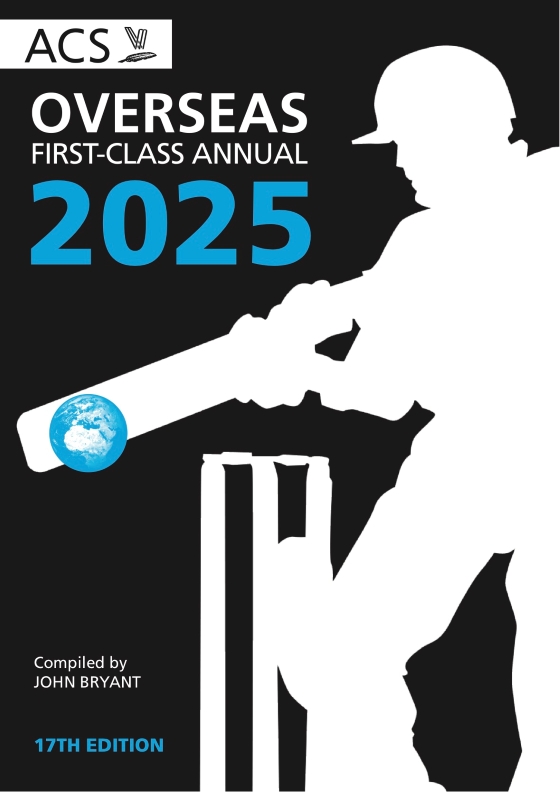
Our latest book is the 17th edition of the ACS Overseas First-Class Annual, which includes full scorecards for the 555 first-class matches played during the 2024/25 season, as well as eight played outside England and Wales in 2024, plus league tables for first-class domestic competitions and comprehensive match notes.
Two of our November publications commemorate distinguished ACS members who died in 2025.

The latest issue of our quarterly journal The Cricket Statistician pays tribute to Robert Brooke, who co-founded the Association in 1973, and also features Simon Wilde on the legacy of Gilbert Jessop’s famously fast (but how fast?) Test hundred, and David Frith’s reflections on his career as a cricket magazine editor. The Cricket Statistician is sent to members in their quarterly mailings, but extra copies and previous issues are available in the shop.

We are proud to present Christianity at the Crease: Cricket and the Church, the final book written by Eric Midwinter before his death in August 2025. It examines the long entanglement of cricket and the church, which sometimes frowned upon the sport, and sometimes found it a useful tool. The book takes in 17th-century Puritanism and Victorian Anglicanism, as well as the decline in formal Christian belief, especially from the 1960s, alongside the commercialisation of professional cricket and recreational cricket’s loss of momentum.

In The Hills of Rookwood: An Exceptional Sporting Family, Andrew Hignell tells the story of Sir Edward Stock Hill, a prominent figure in business and politics in 19th-century South Wales and South Gloucestershire, and his family, during a pivotal period in cricket’s evolution in South Wales, either side of the First World War. Hill’s sons and grandsons played county and representative cricket, while his daughters were pioneers in the women’s game.
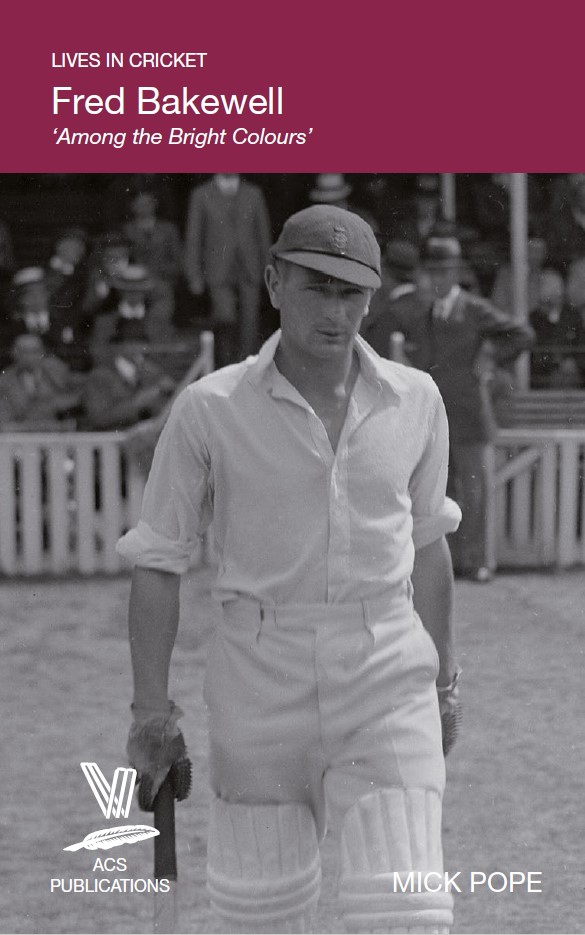
Mick Pope’s biography of Northamptonshire opener Fred Bakewell has sold out in the ACS shop, but is still available from the author. Bakewell scored 14,570 first-class runs, including 31 centuries, between 1928 and 1936, and won six Test caps for England. RC Robertson-Glasgow thought Bakewell ‘could have batted with Bradman on not uneven terms’. But his career was ended by a road accident as he travelled home from Chesterfield, where he had scored 241 not out. His life descended into chaos, with a messy divorce, money troubles and charges of theft. Rediscovered by cricket historian David Frith in 1981, two years before he died, Bakewell recalled his remarkable and sad story without regret or remorse.

Loose Ends, the thirteenth and final volume in our ‘Hard to Get’ series, collating first-class scorecards not readily available in printed form, has a dual function. It ties up loose ends by including a further 210 scorecards that fell outside the scope of the previous books, and serves as a guide to the publications in which first-class scores may be found: not only ACS publications such as the ‘Green’ series, but national annuals, compilations, and of course Wisden Cricketers’ Almanack.

The 40th edition of our Second Eleven Annual 2025 provides details of performances in the 2024 Second Eleven Championship (won by Nottinghamshire) and Twenty20 competition (won by Somerset), along with a Who’s Who of cricketers who played in those tournaments, and updated Second Eleven records. It also includes details of the South Asian Cricket Academy. Our cover star is Harry Duke of Yorkshire, winner of the Les Hatton Trophy for Second Eleven Player of the Year.
The 40th edition of the International Cricket Year Book, now restricted to men, and the inaugural Women’s International Cricket Year Book have both sold out.

In Brick by Brick, Max Bonnell explores the Australian tour of 1964, a pivotal year both for cricket and for Britain. A touring team derided as the weakest Australian side to visit England returned home five months later with the Ashes, after a damp and occasionally controversial series. Meanwhile, 13 years of Conservative government ended, after an election presented as a choice between a revitalised country and the class-ridden shackles of the past. Cricket, it seemed, stood at a similar crossroads, having abolished the distinction between amateurs and professionals, and introduced one-day professional cricket.

In The Dream That Died: Gwilym Rowland and Welsh Cricket, Andrew Hignell tells the story of Gwilym Evans Rowland, a businessman who tried to raise cricket’s profile in Wales by creating a team which played home internationals against Scotland and Ireland and appeared at Lord’s. Gwilym ruffled feathers at Glamorgan CCC, but paid for matches played by the Wales team and the amateur Welsh Cygnets, and a visit by the United Berlin team in 1930. But after his business went into liquidation, he ended penniless, and his body was found in a ditch in 1938.
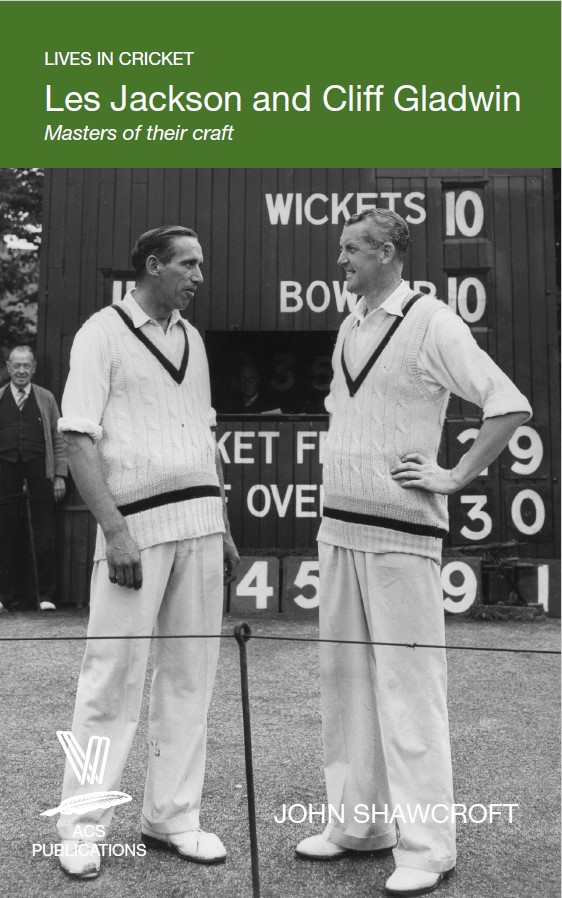
Les Jackson and Cliff Gladwin: Masters of their Craft is John Shawcroft’s account of the Derbyshire fast bowlers who formed the most dangerous new-ball attack in the County Championship throughout most of the 1950s. Jackson and Gladwin came from mining villages, and their physiques were developed by years at the coalface, but they received little recognition from England’s Test selectors: Jackson appeared in only two Tests, 12 years apart, which Fred Trueman put down to snobbery, while Gladwin played eight Tests and toured South Africa, but operated in Alec Bedser’s shadow.
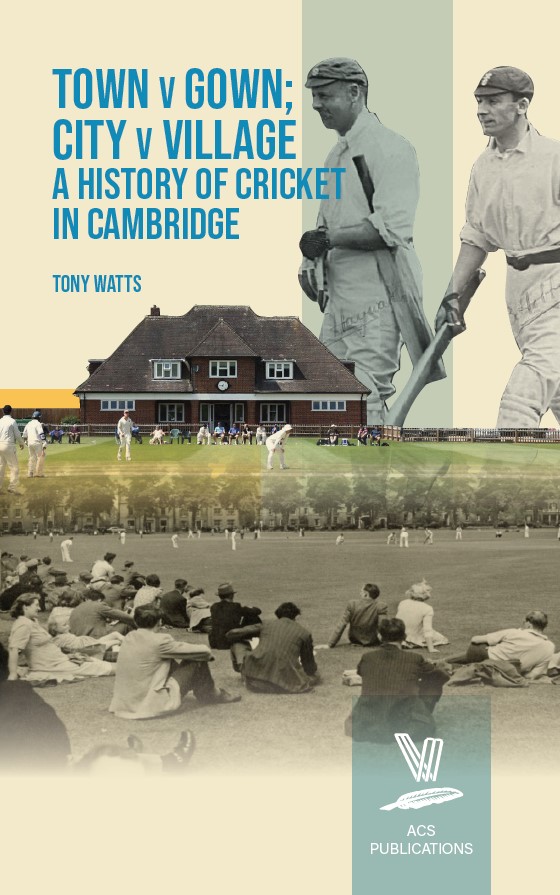
In Town v Gown; City v Village: A History of Cricket in Cambridge, Tony Watts examines Cambridge’s extraordinarily rich cricket culture and tradition. Though Town and Gown never harnessed satisfactorily their joint resources, the University provided first-class cricket for well over a century, bringing county and international teams to Fenner’s, while strong city clubs played ‘friendly’ cricket on college grounds run by dynasties of extraordinary groundsmen. But in recent years, university cricket has lost its first-class status, and the growth of integrated club leagues has shifted the balance from city clubs to surrounding villages. This book has been reprinted in response to high demand.

Simon Sweetman’s You Can’t Hurry Us: A History of Cricket in Suffolk covers the background to county cricket in Suffolk in the eighteenth century, through progress from two to three-day games, to the adoption of one-day and T20 cricket, taking in the club scene, the start of league cricket and women’s cricket. In the early years, Suffolk helped with the game’s development, but later found itself too far from cricket’s centres of power, and multiple attempts at setting up a county club petered out before the present one was formed in 1932. Since then, Suffolk have won the Minor County Championship three times outright and shared it once.

In Ernest Parker: Not a Love Story, Max Bonnell and Andrew Sproul tell the story of the finest cricketer produced by Western Australia before the Second World War. Parker, a practising lawyer, was also a tennis player good enough to win the tournament now known as the Australian Open, and his premature death in the Great War was a tragedy that resounded throughout his home state. Not a Love Story explores not only the public triumphs of Parker’s life, but also his ambivalent attitude towards his great talents, and the mystery behind his yearning for a quiet, anonymous life.
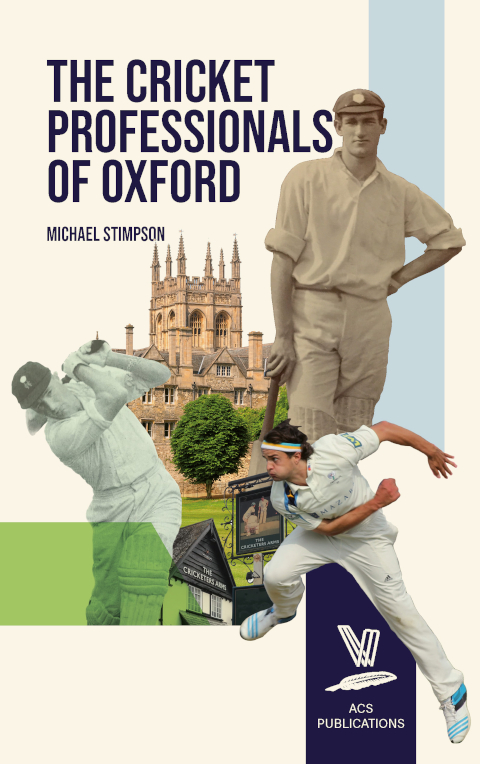
In The Cricket Professionals of Oxford, Michael Stimpson tells the stories of professional cricketers from the Oxford area over the last 200 years. These include underarm bowler Peter Bancalari in the 1820s, fiery roundarm bowler David Burrin in the 1850s, and fast man ‘Brusher’ Rogers at the end of the Victorian era; between the wars, George Brown and Johnny Arnold batted for England, and more recently Jack Brooks was a championship winner with Yorkshire.
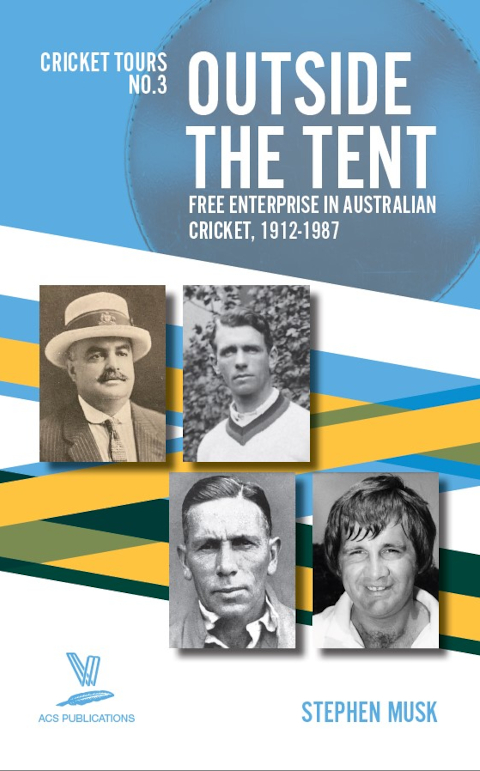
Our special offers on past publications include Outside the Tent, Stephen Musk’s account of how Australian cricketers of the 20th century rebelled against their board by joining unofficial international tours or becoming professionals in England; Best of Enemies, in which John Shawcroft explores the rivalry between Derbyshire and Nottinghamshire, as well as their football cousins, Derby County and Nottingham Forest; First-Class Matches: Pakistan 2004/05 to 2006/07; and the International Cricket Year Book 2023.
All books published in the last year which remain in stock appear under Latest Publications, and some of our older publications are now being made available via Google Play, including the Cricket Witness series and Lives in Cricket.
